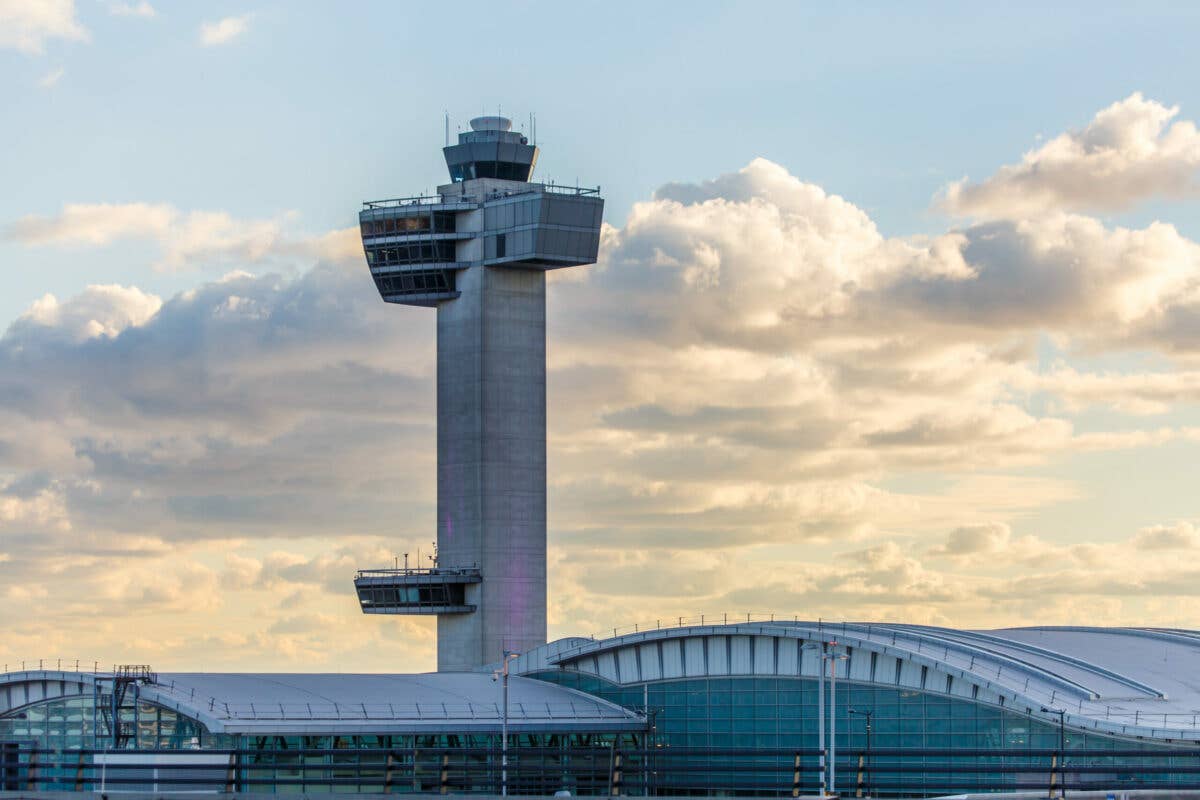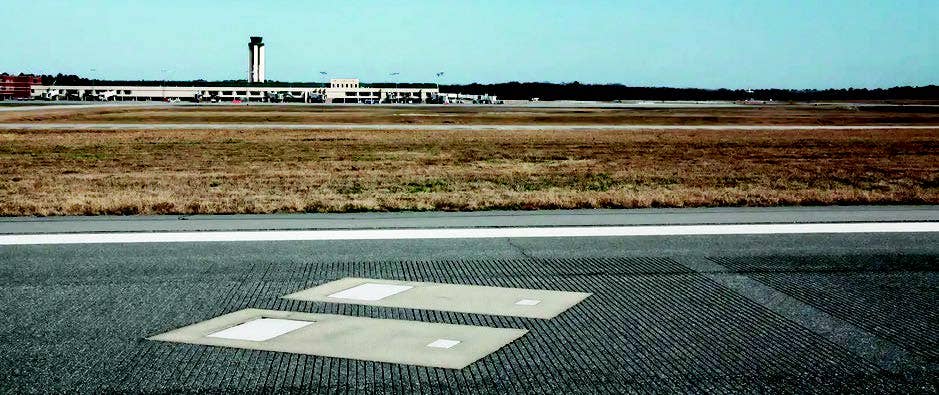
On January 13, a runway incursion occurred at JFK International Airport involving a departing Delta Air Lines Boeing 737 and a taxiing American Airlines Boeing 777. [Credit: Shutterstock]
It is with a deep sigh of relief that we are Monday morning quarterbacking an event that could have been a monumental tragedy at JFK International Airport in New York. On Friday, January 13, at approximately 19:00 local time, a runway incursion occurred that involved a departing Delta Air Lines Boeing 737 and a taxiing American Airlines Boeing 777. Simply stated, contrary to controller instructions, the 777 crossed an active runway while the 737 was accelerating on its takeoff roll.
First, kudos to the tower controller for his timely reaction. I am certain that he took more than just a deep breath when his shift was complete. This was a nighttime operation, making it that much more difficult to assess the situation.
And a pat on the back to the Delta crew that aborted their takeoff roll. When a controller cancels a takeoff clearance after the power levers are already set, hesitation is not an option. Rarely is that instruction heard. Despite the size of a 777, it’s not easy to see the silhouette of that airplane in the dark from a distance, wingtip nav light and rotating beacon notwithstanding.
Anything over 80 kts is a high-speed abort. Data indicates the Boeing 737 reached approximately 105 knots—only seconds away from rotation speed. A rejected takeoff checklist would have been initiated shortly thereafter. Since the Delta flight returned to the gate, most likely an inspection on the brakes had to occur. Additionally, if the reversers were operated, the engines required an inspection.
The first reaction after listening to the recorded communication sequence is to shake your head and convict the American Airlines crew. But with most events, there’s more to the story. Let’s start with the taxi clearance.
The controller instructed AA Flight 106, the Boeing 777, to taxi out of their ramp area at Taxiway Tango Alpha with a left on Bravo, hold short of Taxiway Kilo. The first part of the controller’s instruction included 4L as the departure runway. Although the copilot read back the taxi instructions and the requirement to hold short of Taxiway Kilo, the runway itself was not read back. Small detail, but perhaps the crew hadn’t quite processed the information because the winds favored 31L that evening.
As AA 106 progressed in its taxi, the controller issued a clearance to cross Runway 31L at Kilo, which the copilot acknowledged. Although this a very typical clearance at JFK, (a taxi route that I’ve probably logged thousands of hours on), the intersection can be confusing, especially at night. Runway 4L, Runway 31L, Taxiway Kilo, and Taxiway Juliet, intersect at close proximity to each other.
That said, a Boeing 777 crew is usually well-seasoned. And that particular trip to London is flown by New York-based crews, so it shouldn’t have been their first rodeo. Was one of the pilots new to the airplane and not quite comfortable? Was there a distraction in the cockpit? Was the copilot involved with a task that required a heads-down operation at just the wrong moment?
In 1992, JFK Port Authority was responsible for installing a runway stop bar system that was used as a prototype to test its functionality. The system is designed to present a visual indication to pilots whether it’s safe to cross or enter a runway, with red lights embedded in the pavement for stop and green lights for go. Not all airline-type airports have the system.
It was not well-received by JFK controllers, but the equipment was not designed with ICAO (International Civil Aviation Organization) standards as it had been in Europe. The stop bar system still exists at JFK according to the airport diagram, but was it operational the evening of January 13?
Regardless, this situation warrants an objective investigation. Runway incursions are serious business. If additional factors were at play, then it’s important to utilize the information for prevention purposes. The American Airlines flight crew will have an opportunity to present their version of the event both with the FAA and the local flight office. Union representation is part of a fair process under such circumstances.
I don’t envy the AA pilots. Regardless of the consequences, this event will remain with them for the rest of their careers. Perhaps this situation can be a valuable lesson for all of us in the aviation world. Let’s be grateful that one of the guardrails remained in the form of an alert controller. I shudder to think what the headlines would have read otherwise.

Subscribe to Our Newsletter
Get the latest FLYING stories delivered directly to your inbox






